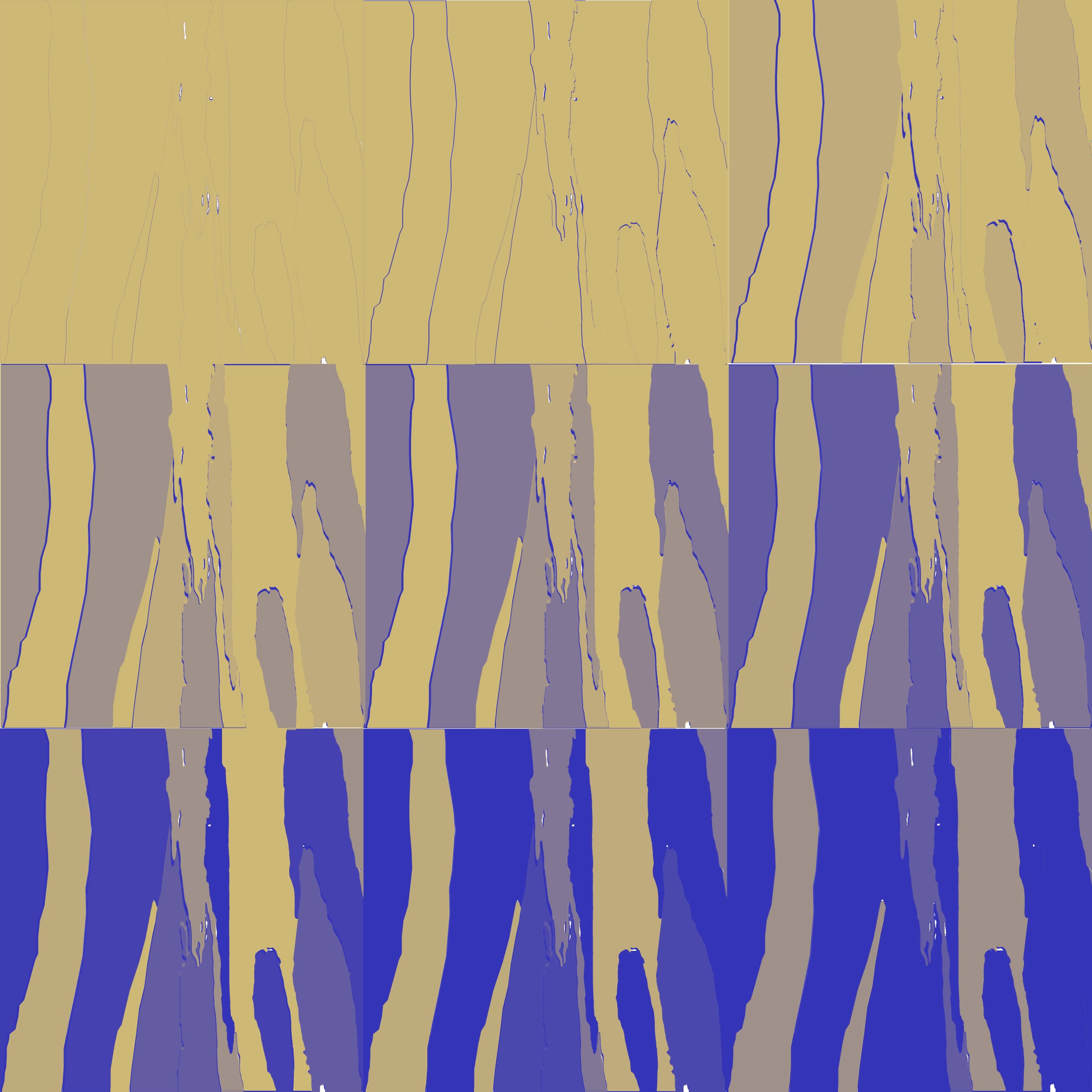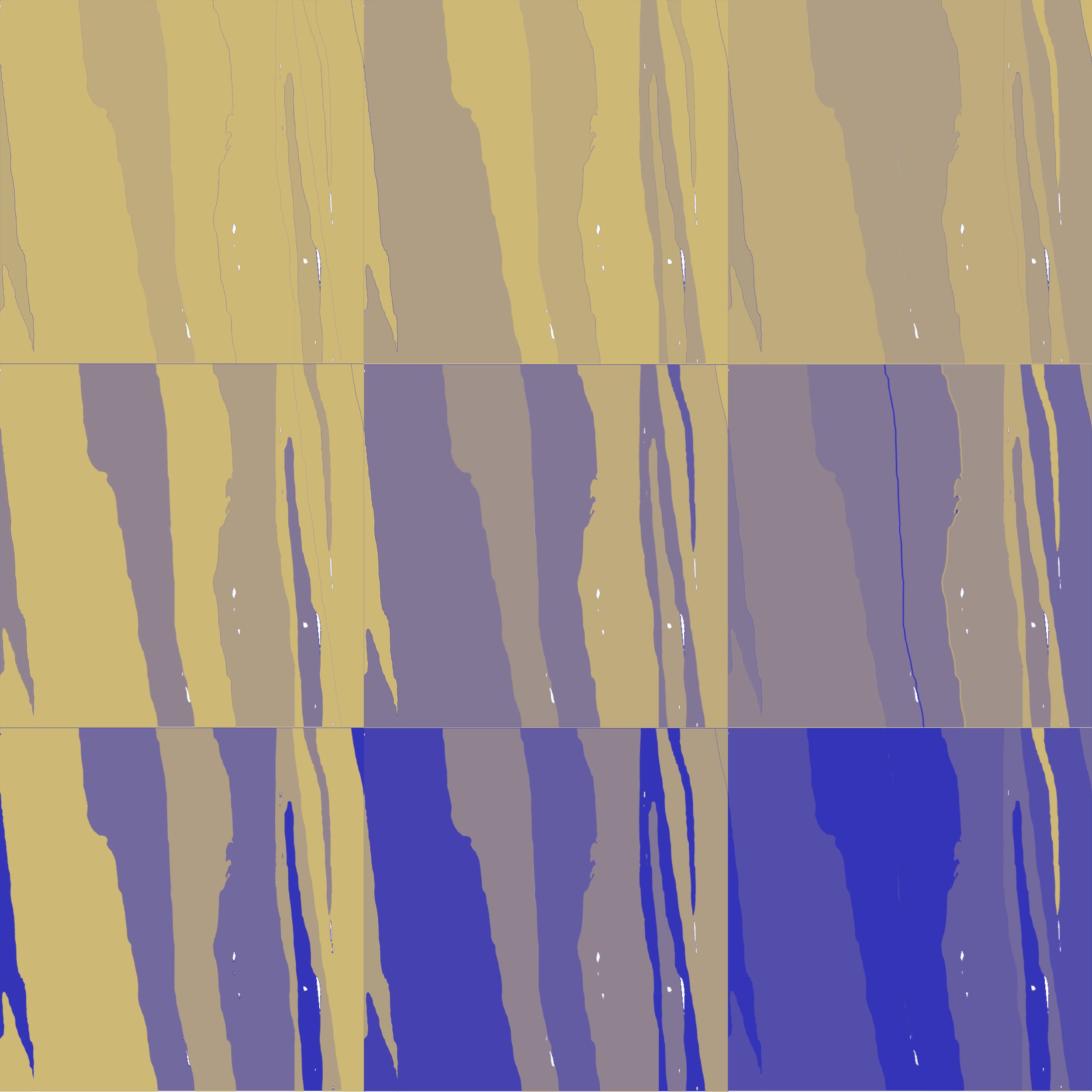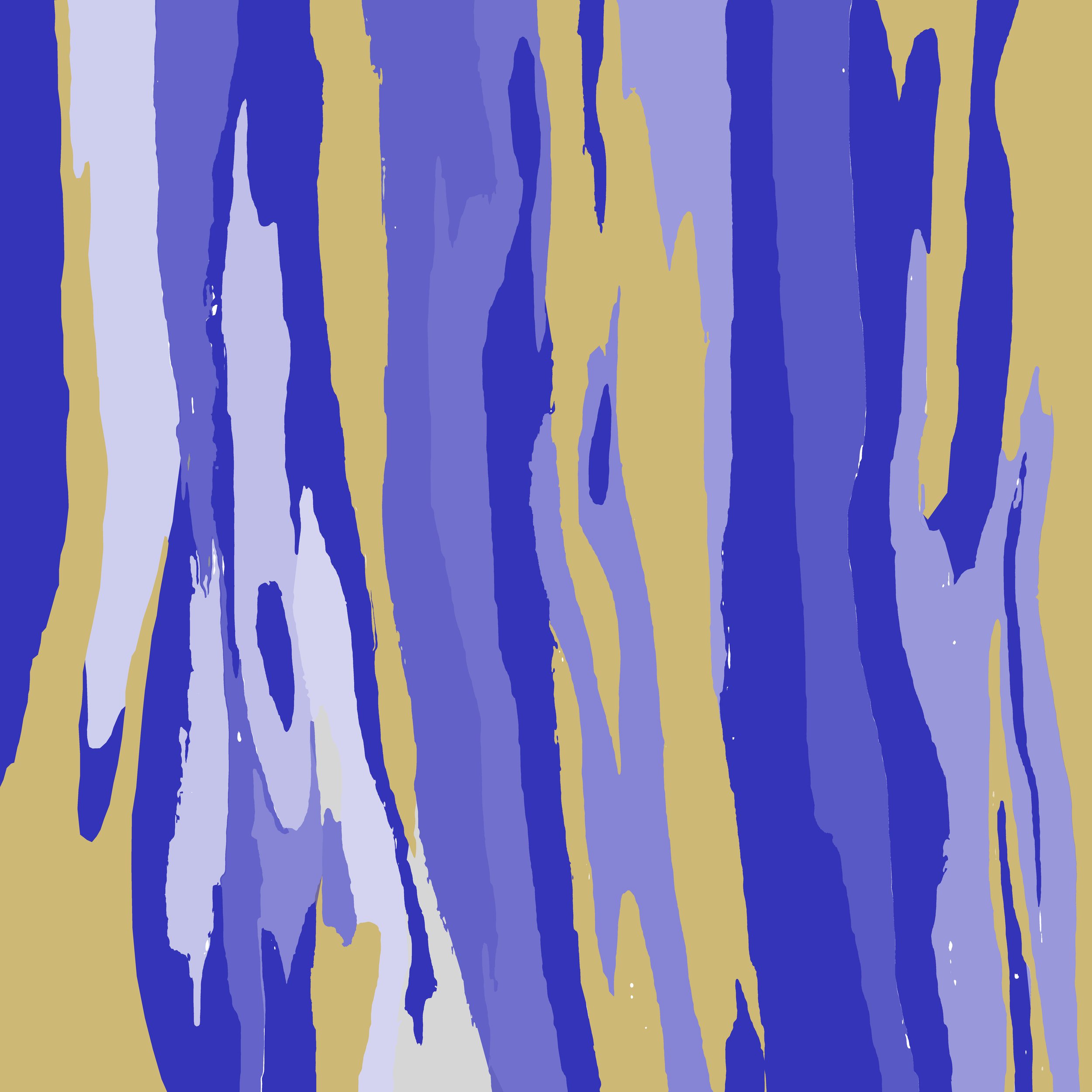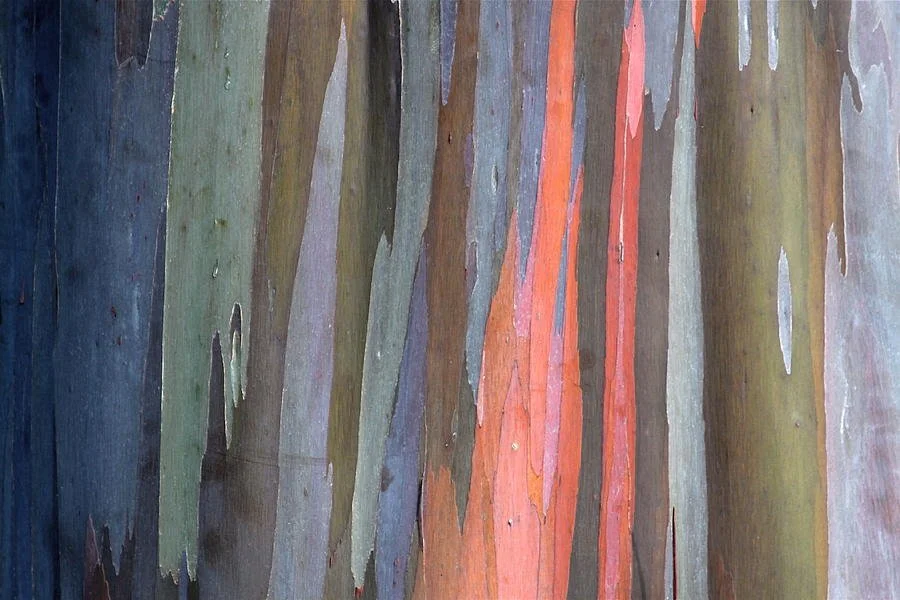Glass
An exploration of form inspired by the pealing process of eucalyptus trees. This bio-inspired design is translated through custom glass blown pieces. The glass bricks are aggregated together to create a dynamic facade system.
Corning Glass Museum
Eric Meeks
Coevolutionary Archetypes
Naomi Frangos
Pealing Layers
Glass Facade System
FA 2019
Cornell University
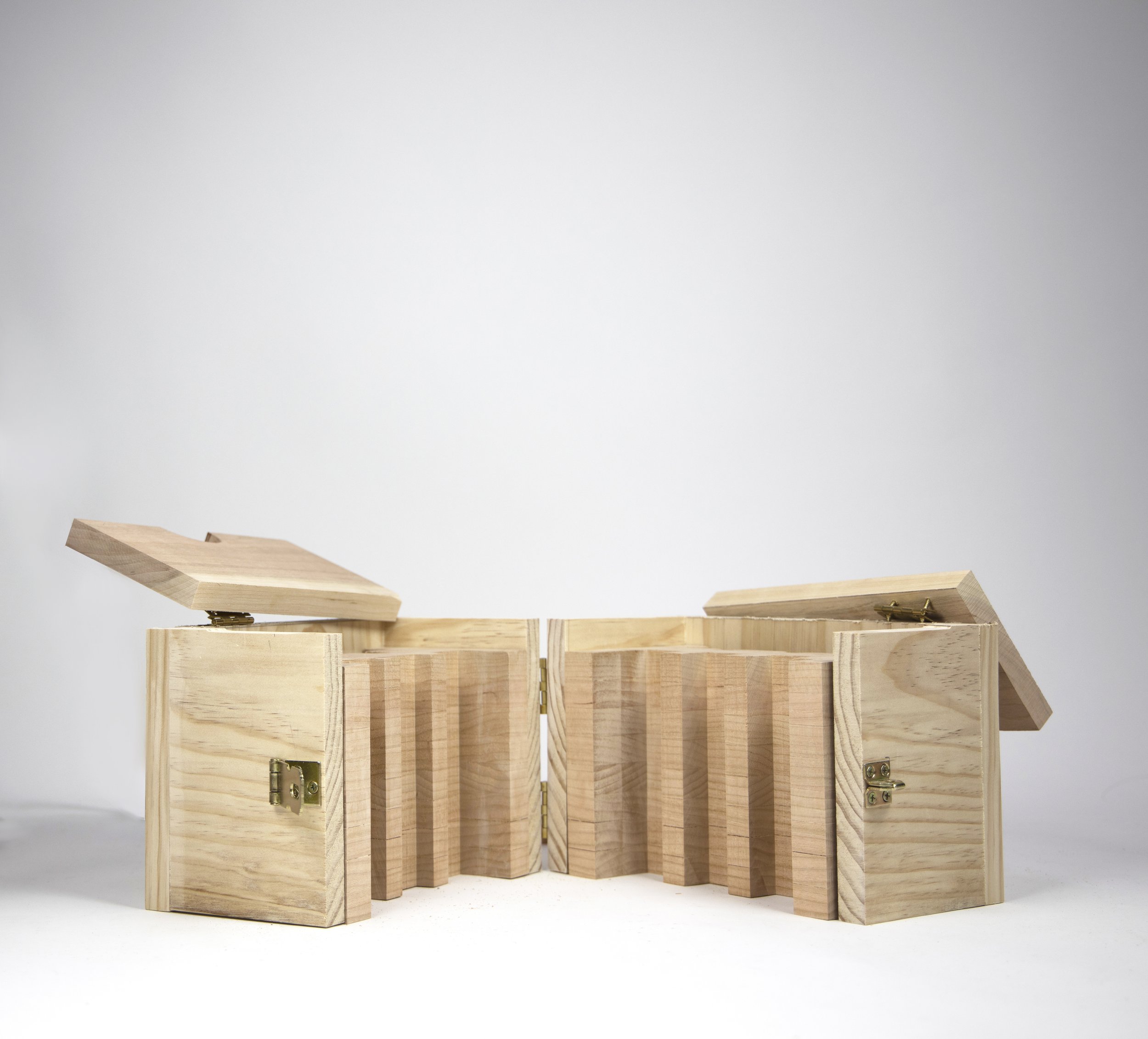

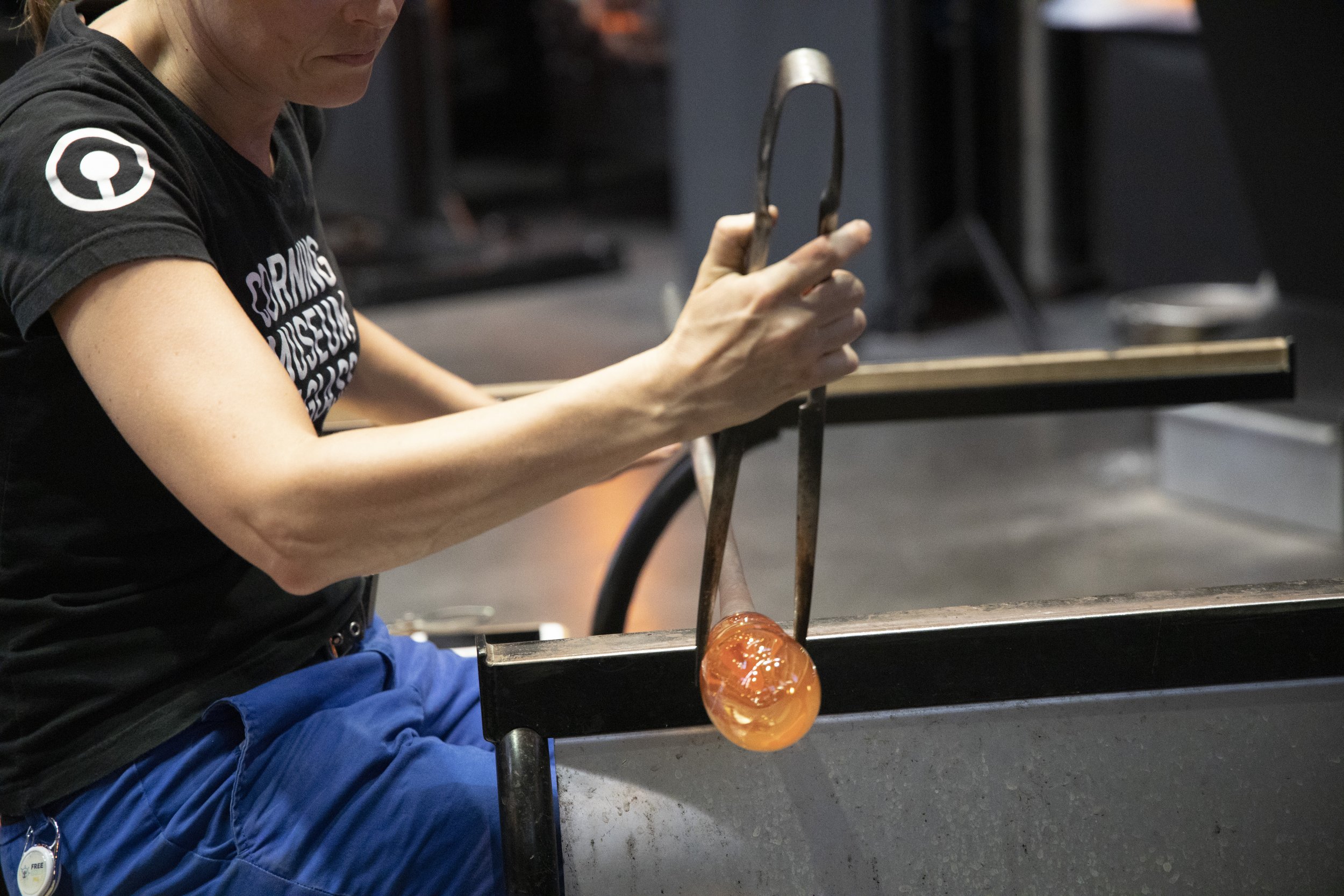
Glass Pieces
During the pealing process the eucalyptus tree’s bark goes through a series of color changes as the bark continues to decay. The bark begins a tan yellow and gradually turns orange, red and finally a deep purple. As the tree peals organically certain areas of the bark begin to decay before others. This makes the tree appear to have a multicolored texture showing the different stages of the timeline. As purple represents the final stage it can be categorized as the deepest or most ripened peal.










Glass Blowing
Cherry Wood Mold
This mold is designed to generate over two hundred different outputs that represent the concept of pealing. By creating two double sided inserts with slots of varying width on each side, the main components of the mold can be arranged in sixteen different ways. Each side of the mold then has three slots that can be added or removed to change the shape of the output. When a slot is removed from the mold it creates a ridge in the final cast. Each ridge represents a strip of bark being pealed.
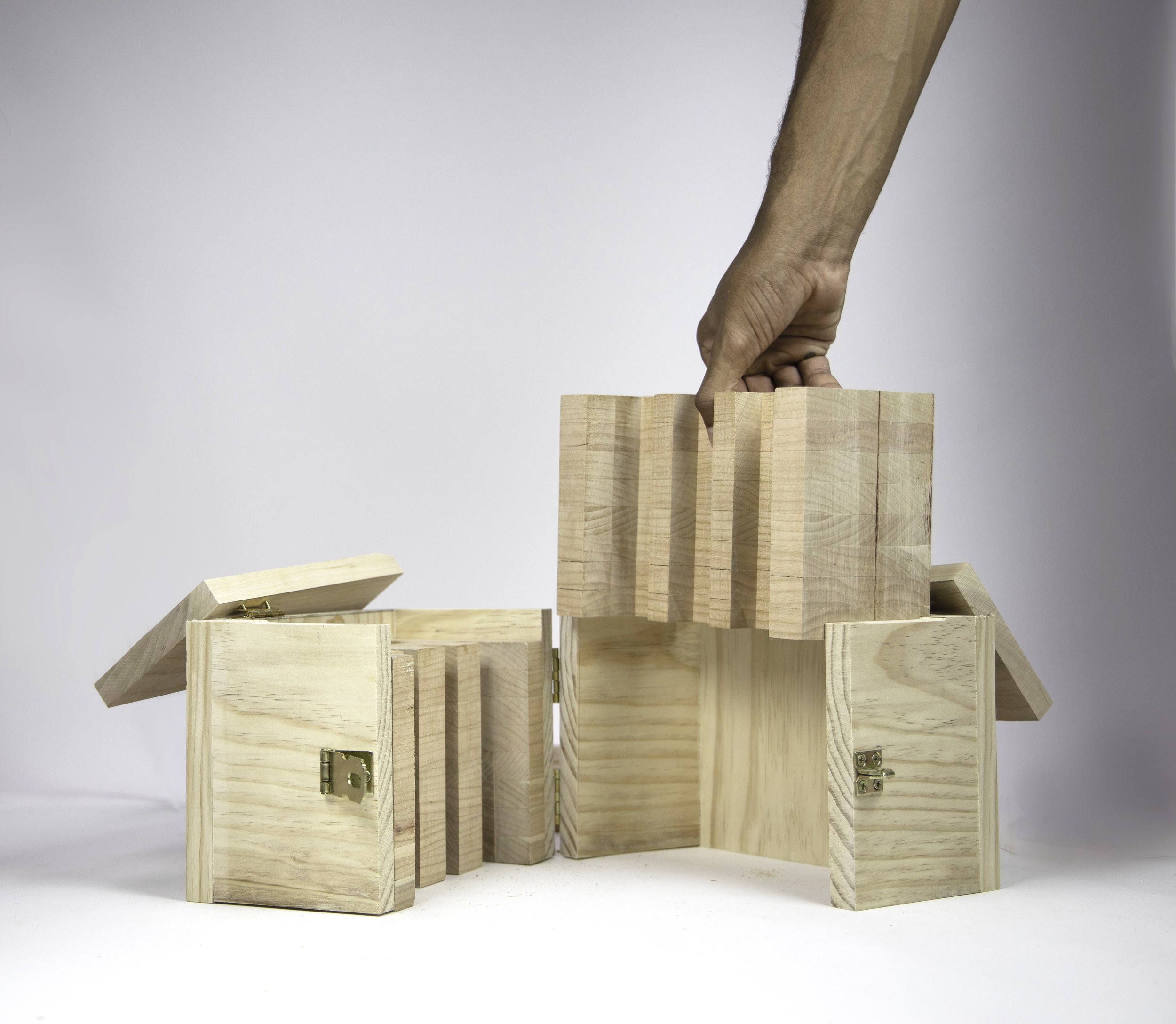

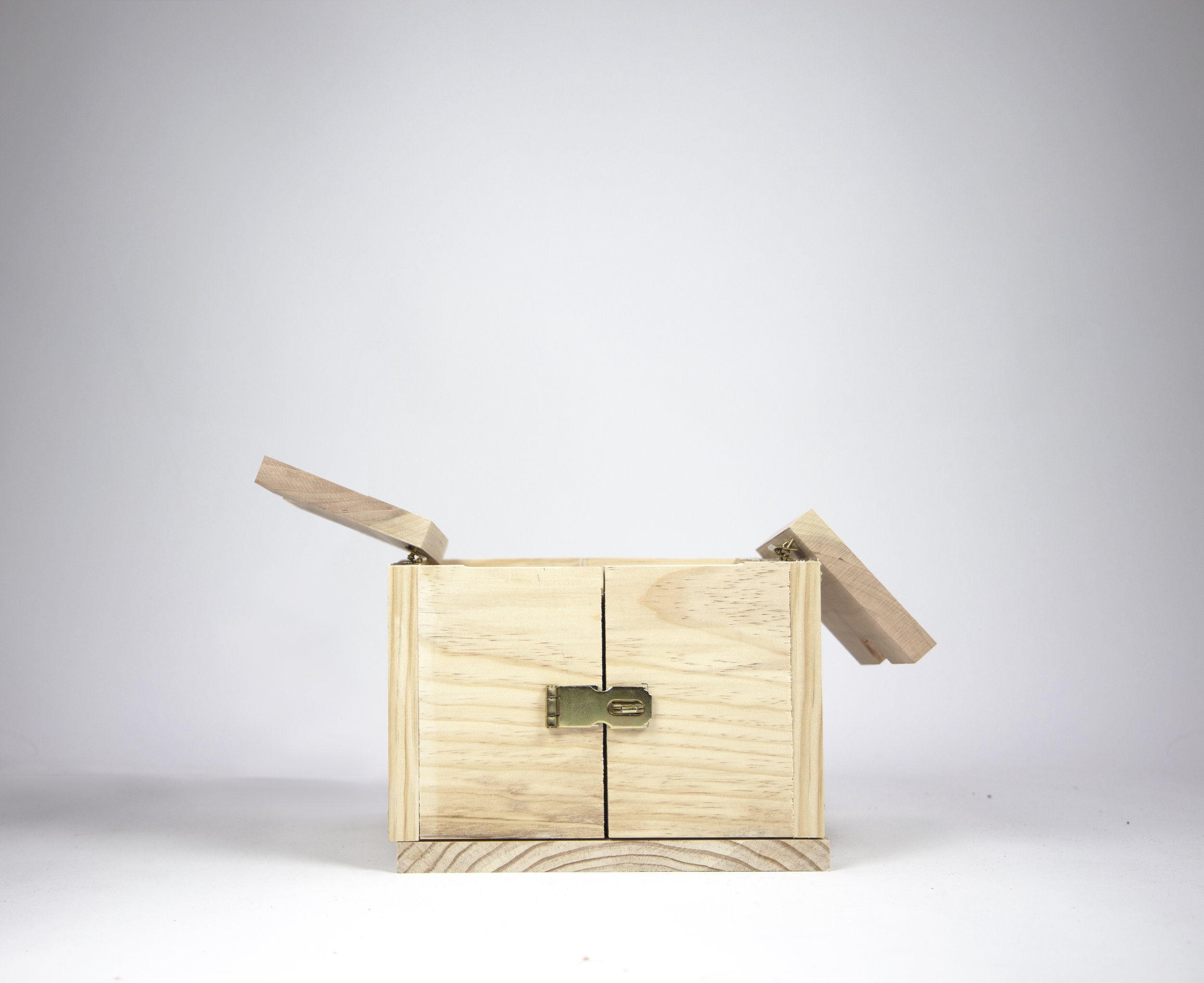
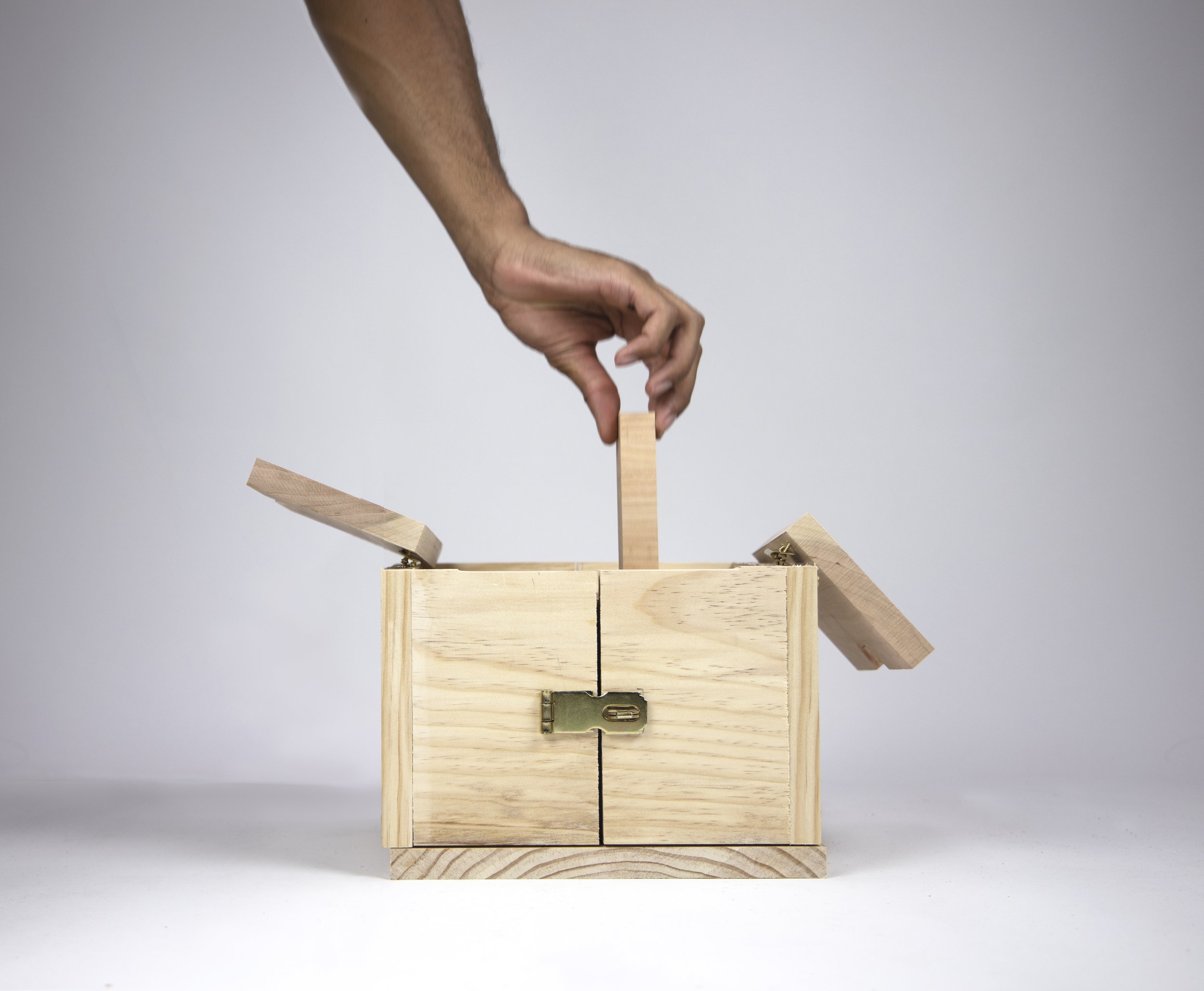









Mold Making Diagrams

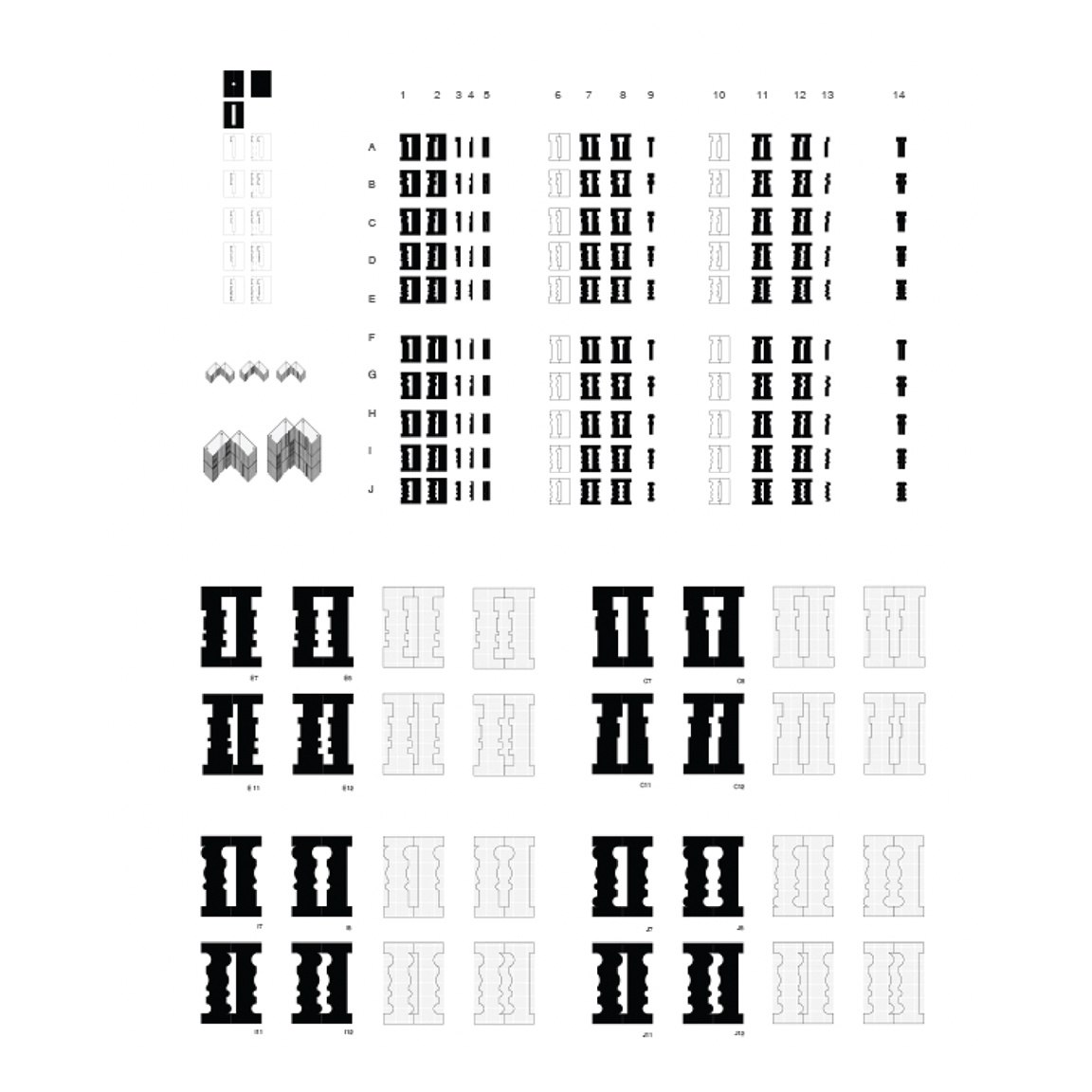


Form Inspiration: Eucalyptus Tree
These forms are inspired by the annual pealing process of Eucalyptus tree. bark. The tree, which originated in the Philippines, grows a layer of bark to keep itself cool and protected from the sun.. Every year the Eucalyptus tree sheds its bark to get rid of mosses or bacteria that can harm the tree. When the bark peels, the tree displays interesting patterns and colors on its exterior. The cycle repeats. This process is viewed in elevation which would display the unique patterns on the tree after it sheds its bark.
The shedding bark on a eucalyptus tree is one of its most charming features. As the bark dries and peels, it often forms colorful patches and interesting patterns on the trunk of the tree. Some trees have striking patterns of stripes and flakes, and the peeling bark may expose bright yellow or orange colors of the new bark forming underneath. When a eucalyptus is peeling bark, you don’t need to be concerned for its health or vigor. It is a natural process that occurs in all healthy eucalyptus trees.
In all types of eucalyptus, the bark dies each year. In smooth bark types, the bark comes off in flakes curls or long strips. In rough bark eucalyptus, the bark doesn’t fall off as easily, but accumulates in entwined, stringy masses of the tree.
Form Studies: Pealing

